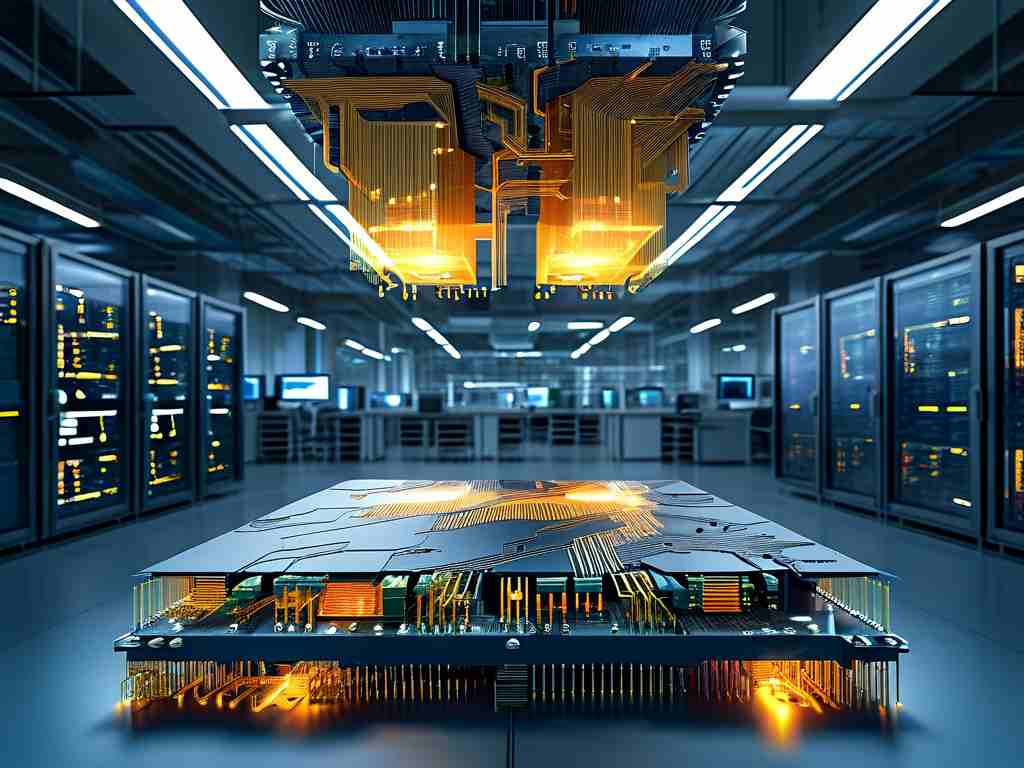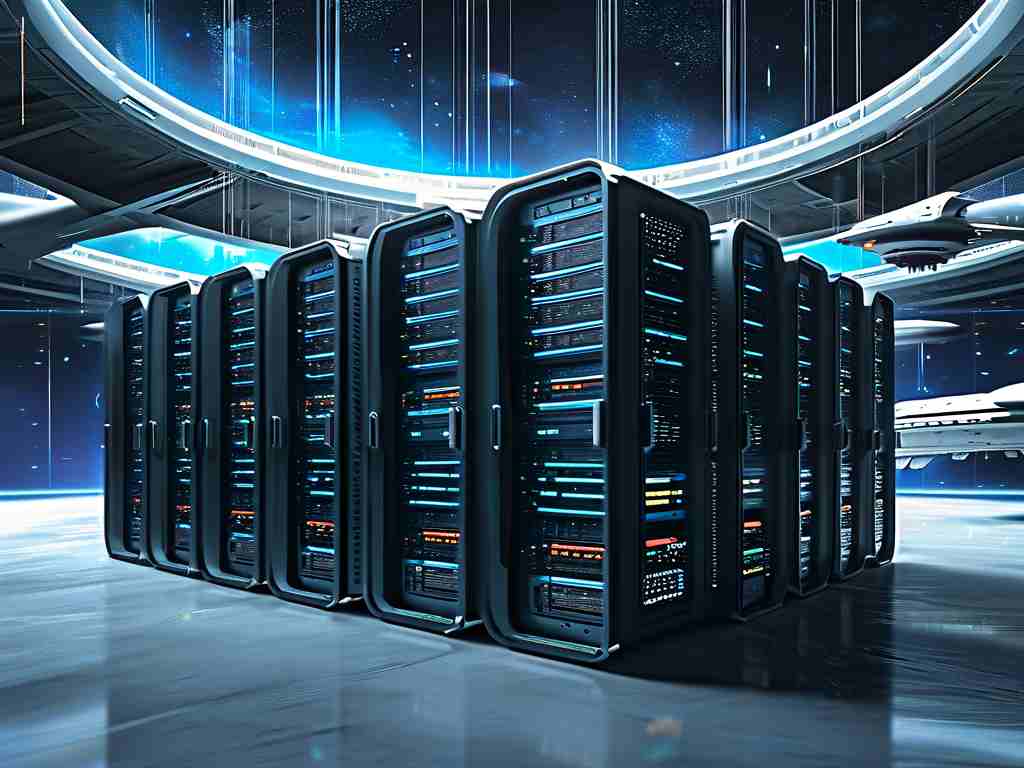Distributed chip architecture represents a transformative approach in modern computing, shifting from centralized designs to interconnected, modular systems. This paradigm enhances performance and adaptability, especially in applications like AI, data centers, and IoT devices. By distributing tasks across multiple cores or nodes on a single chip, it overcomes limitations of traditional monolithic architectures. This article explores the key characteristics that define distributed chip architecture, highlighting its benefits and real-world implications.

One major characteristic is scalability. Distributed architectures allow for easy expansion by adding more cores or processing units without significant redesign. For instance, in multi-core processors, manufacturers can integrate additional cores to handle increased workloads, such as in high-performance computing environments. This modularity means that as demand grows, chips can scale up efficiently, reducing costs and development time. Unlike centralized systems that hit bottlenecks, distributed designs maintain optimal performance even under heavy loads. This scalability is crucial for future-proofing technology in fast-evolving fields like autonomous vehicles, where real-time data processing requires flexible hardware upgrades.
Another defining feature is parallel processing capability. By enabling multiple tasks to execute simultaneously across different cores, distributed architectures dramatically boost computational speed and efficiency. In applications like image recognition or scientific simulations, parallel processing allows chips to divide complex algorithms into smaller, concurrent operations. This reduces overall execution time and enhances throughput. For example, a distributed chip in a smartphone can handle gaming, streaming, and background tasks in parallel, ensuring smooth user experiences without lag. This characteristic not only improves performance but also optimizes resource utilization, making it ideal for energy-constrained devices.
Fault tolerance is a critical aspect of distributed chip architecture. Since the system comprises independent units, a failure in one component doesn't cripple the entire chip. Redundancy and error-checking mechanisms ensure that tasks can be rerouted to functional cores. In mission-critical systems like aerospace or medical devices, this reliability prevents catastrophic failures. For instance, if a core in a distributed automotive chip malfunctions, others take over safety functions like collision detection. This inherent resilience increases system uptime and reduces maintenance needs, providing a robust solution for industries where downtime is unacceptable.
Energy efficiency stands out as a key advantage in distributed architectures. By localizing computations to specific cores, power consumption is minimized compared to monolithic designs that activate large sections for every task. Dynamic power management techniques, such as shutting down idle cores, further enhance efficiency. In data centers, distributed chips can cut energy usage by up to 30%, aligning with sustainability goals. This characteristic is vital for battery-powered devices like wearables, where extended operation time is essential. Moreover, it reduces heat generation, lowering cooling requirements and extending chip lifespan.
Reduced latency is another hallmark feature. Distributed architectures process data closer to the source, minimizing delays in communication between components. For real-time applications like 5G networks or gaming, this means faster response times and improved user interactions. In a distributed chip, cores handle local inputs directly, avoiding bottlenecks from centralized control. This low-latency design supports innovations such as edge computing, where immediate data analysis is critical.
Lastly, heterogeneity enables distributed chips to integrate diverse core types, such as CPUs, GPUs, and specialized accelerators. This flexibility allows for optimized task allocation—for example, using AI cores for machine learning and general cores for routine operations. Heterogeneous designs enhance adaptability across various applications, from cloud servers to embedded systems.
In , distributed chip architecture offers scalable, parallel, fault-tolerant, energy-efficient, low-latency, and heterogeneous solutions, driving advancements in technology. As demands grow, these characteristics will shape next-generation chips, fostering innovation in smart cities and beyond.









